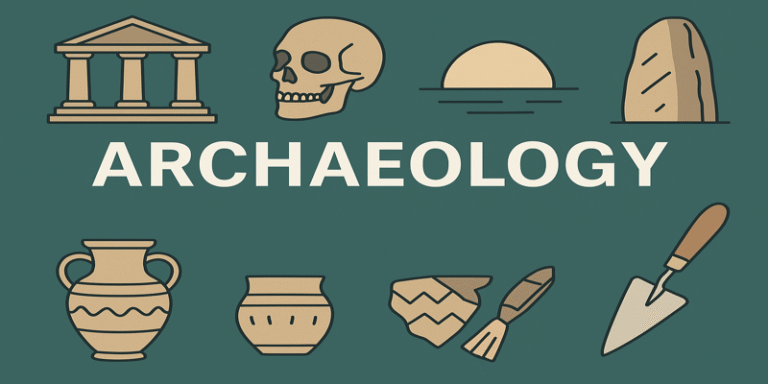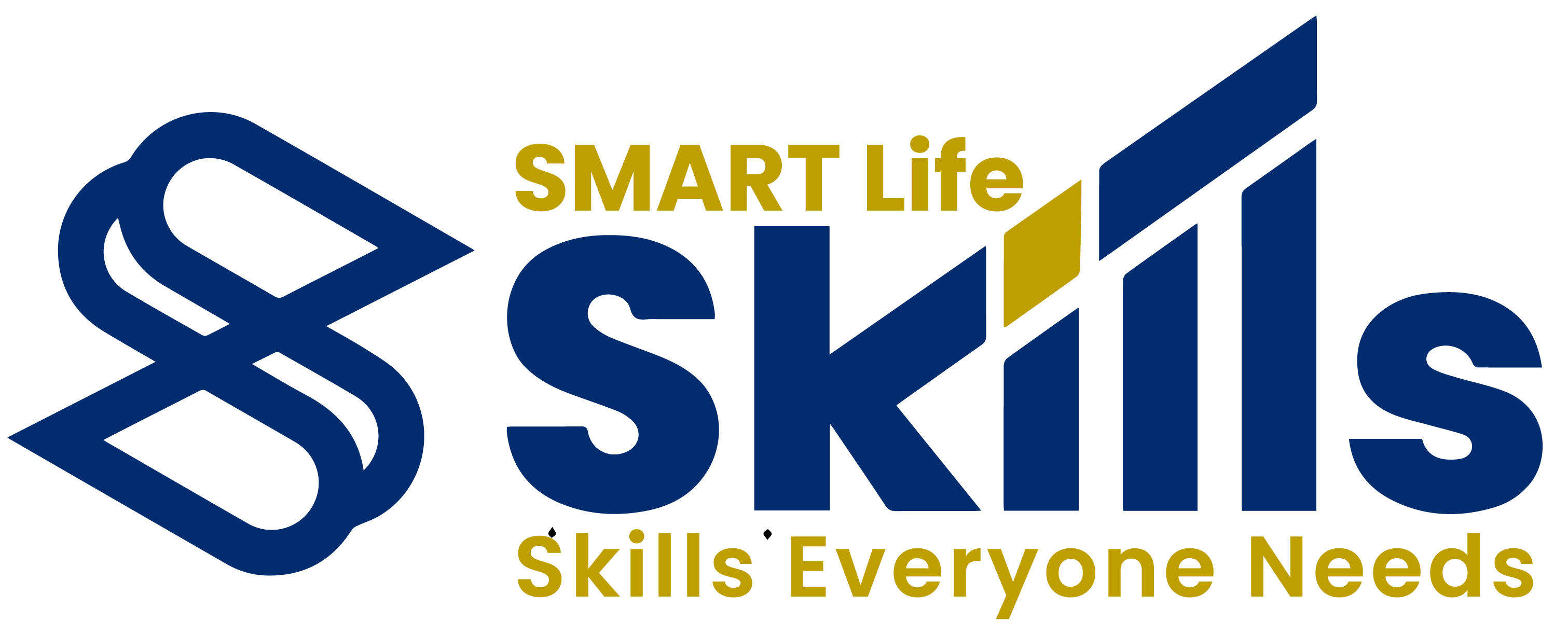Archaeology, as the systematic study of past human life and culture through material remains, is an inherently interdisciplinary field that blends the humanities and sciences. Academic programmes in archaeology are structured around a series of core and elective modules designed to develop both theoretical insight and practical expertise. This article provides a comprehensive overview of the key modules typically found within archaeological study programmes, highlighting their academic objectives, applied skills, and evolving pedagogical trends. Drawing on scholarly literature, textbooks, and academic resources, the analysis maps the educational structure that underpins professional formation in archaeology.
1.0 Introduction to Archaeology
A foundational module in nearly every archaeology curriculum is the “Introduction to Archaeology.” This course familiarises students with the history of the discipline, key theoretical frameworks, and methodologies of excavation and interpretation. It also explores ethical considerations and the development of archaeological thought (Renfrew & Bahn, 2016). By establishing a philosophical and methodological base, this module prepares students for more specialised studies.
2.0 Archaeological Methods and Techniques
This core component equips students with practical skills in field excavation, surveying, GIS mapping, stratigraphy, and artefact analysis. Boyd et al. (2021) emphasize that reflexive field practices and digital documentation have become central, as seen in modules that teach students how to record, process, and interpret finds using both traditional and digital tools.
For instance, modules may include hands-on training using Total Stations, photogrammetry, and open-access platforms for data management (Derudas et al., 2021). Such training is not only technical but also focuses on the implications of data transparency and reproducibility in open science contexts (Çakirlar et al., 2018).
3.0 Environmental and Landscape Archaeology
These modules explore the interaction between humans and their environment over time. Topics such as palaeoenvironmental reconstruction, geoarchaeology, and sediment analysis are integral. Lombardo et al. (2020) discuss how such modules employ computational tools to examine long-term settlement patterns and land use. The integration of geospatial data and environmental proxies is particularly valuable in understanding anthropogenic impacts across millennia.
4.0 Material Culture and Artefact Studies
Material culture modules delve into the analysis and interpretation of artefacts, such as pottery, tools, and ornamentation. These classes often involve typological classification and use-wear analysis. Gifford-Gonzalez (2018) notes the significance of zooarchaeology in these modules, where animal remains are studied to understand diet, economy, and symbolic practices.
This area encourages students to think critically about the material dimensions of culture and the relationships between function, style, and context (Schiffer, 2013). Increasingly, digital tools for 3D scanning and databases support this kind of analytical work.
5.0 Archaeological Theory
A distinct module, often taken at an intermediate or advanced stage, archaeological theory surveys paradigms from culture-historical approaches to post-processual and feminist archaeology. Gaydarska and Gutsmiedl-Schümann (2024) emphasise the importance of gender education in archaeology, showing that theoretical modules are also critical platforms for decolonising and diversifying the discipline.
Students learn to apply theoretical lenses in interpreting past societies, and these perspectives shape how field data is ultimately understood. Debates around agency, identity, and memory are also core themes.
6.0 Digital and Computational Archaeology
Modern programmes increasingly include digital archaeology as a separate track. These modules introduce students to coding, data modelling, and the use of digital archives. Cyber-archaeology, as described by Levy and Liss (2020), integrates immersive technologies such as virtual reality and LiDAR to create 3D reconstructions and simulate historical landscapes.
Galeazzi and Richards-Rissetto (2018) point out that web-based and collaborative digital platforms are revolutionising archaeological education by enabling cross-institutional research and public engagement.
7.0 Public and Heritage Archaeology
Public archaeology modules train students in the socio-political dimensions of archaeology. Topics include heritage management, cultural resource laws, museum practices, and community engagement. Fonseca and Linstädter (2024) advocate for digital communication strategies in heritage education, particularly in African contexts.
These courses often involve projects with local communities, promoting inclusive narratives and addressing contested histories. They also deal with UNESCO frameworks, repatriation debates, and ethical stewardship.
8.0 Fieldwork and Field Schools
Fieldwork is not only a skill module but often a rite of passage in archaeological training. These field schools provide immersive experiences in excavation, survey, and artefact processing. Students engage with real archaeological problems, often under the mentorship of practicing professionals.
According to Sim and Tan (2021), the pedagogical design of fieldwork modules must balance physical engagement with reflective learning. Reports, diaries, and group presentations are typically assessed alongside technical performance.
9.0 Specialised Electives
These include focused modules such as:
- Bioarchaeology: Analysis of human remains, health, and disease.
- Archaeometallurgy: Study of ancient mining and metal production (Gosner, 2020).
- Underwater Archaeology: Techniques and case studies in maritime sites.
- Space Archaeology: An emerging field studying the material culture of human activity in space (Schiffer, 2013).
Such electives allow students to tailor their learning paths based on research interests and career goals.
10.0 Ethics, Policy, and Professional Practice
Finally, many programmes include capstone modules focused on professional practice. These courses introduce students to career pathways, project planning, and legal frameworks governing archaeological work. Touloumis (2020) stresses the need for educational tools that align with real-world heritage policy and legislation.
The incorporation of digital literacy, interdisciplinary collaboration, and open science is now seen as essential for modern archaeological professionals (Garstki, 2020).
The structure of archaeology programmes reflects the complexity of the field itself. From excavation and laboratory analysis to heritage policy and digital humanities, archaeology modules are increasingly integrative and reflexive. Contemporary curricula blend scientific rigour with cultural critique, preparing students not only to uncover the past but also to question how that past is represented and preserved. As educational technologies advance, archaeology remains a dynamic discipline that continues to evolve in both content and delivery.
References
Boyd, M.J., Campbell, R. & Doonan, R.C.P. (2021). Open area, open data: Advances in reflexive archaeological practice. Journal of Field Archaeology, 46(5), pp. 304–320. https://doi.org/10.1080/00934690.2020.1859780
Çakirlar, C. et al. (2018). Teaching open science: Published data and digital literacy in archaeology classrooms. Advances in Archaeological Practice, 6(1), pp. 14–24. PDF
Derudas, P. et al. (2021). Sharing archaeological knowledge: The interactive reporting system. Journal of Field Archaeology, 46(6), pp. 429–443. https://doi.org/10.1080/00934690.2021.1911132
Fonseca, S. & Linstädter, J. (2024). Why Archaeology Matters? In Ways of Communicating Archaeology in a Digital World. Springer. https://link.springer.com/chapter/10.1007/978-3-031-71276-0_2
Galeazzi, F. & Richards-Rissetto, H. (2018). Web-based archaeology and collaborative research. Journal of Field Archaeology, 43(sup1), S1–S5. https://doi.org/10.1080/00934690.2018.1512701
Gaydarska, B. & Gutsmiedl-Schümann, D. (2024). Gender education in archaeology. In Current Archaeological Debates, Springer. https://link.springer.com/chapter/10.1007/978-3-031-68157-8_9
Gifford-Gonzalez, D. (2018). An Introduction to Zooarchaeology. Springer. https://link.springer.com/content/pdf/10.1007/978-3-319-65682-3.pdf
Gosner, L.R. (2020). Archaeology of Mining. In Encyclopedia of Global Archaeology. Springer. https://link.springer.com/rwe/10.1007/978-3-030-30018-0_2716
Levy, T.E. & Liss, B. (2020). Cyber-archaeology. In Encyclopedia of Global Archaeology. Springer. https://link.springer.com/rwe/10.1007/978-3-030-30018-0_3203
Renfrew, C. & Bahn, P. (2016). Archaeology: Theories, Methods, and Practice. 7th ed. Thames & Hudson.
Schiffer, M.B. (2013). The Archaeology of Science. Springer. https://link.springer.com/chapter/10.1007/978-3-319-00077-0_12
Sim, T.Y.H. & Tan, G.C.I. (2021). Fieldwork in Humanities Education in Asia. Springer.













